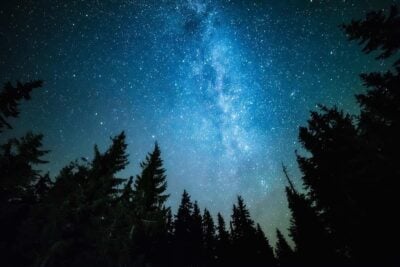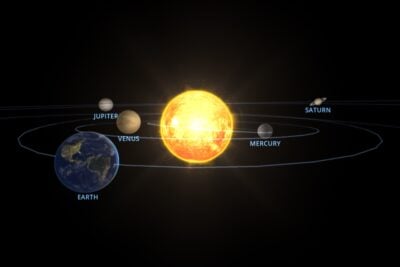For current details on where to see the Perseids meteor shower see gostargazing.co.uk/perseids.
The annual Perseids meteor shower is possibly the most eagerly anticipated by astronomers. For several years now the Perseids have resulted in a great show with dozens of bright meteors being spotted per hour around the peak of their activity.
Each year as the Earth travels on its orbit around the Sun it encounters a vast swathe of cosmic dust left over by the comet Swift-Tuttle. As these tiny dust particles enter Earth’s atmosphere at great speed they burn up leaving a brief but bright trail — a shooting star!
Perseid meteors can be identified as they appear to radiate from the constellation of Perseus, hence their name. The shower takes place each year from July 14th through to August 24th with the peak in meteor numbers (the time when the Earth passes through the densest of the dust) on the evening of August 12th / morning of August 13th. The very best time to see them is the early hours of August 13th.

This year’s peak of the shower takes place during a new moon period and therefore with no moonlight illuminating the sky more of the fainter meteors will be visible.
For the best place to see the Perseids meteor shower the most important requirement is a wide open space where you can see as much of the sky as possible. If you can get away from local light pollution even better and finding a dark sky site will be well worthwhile. Even travelling only a few miles out of town would be advantageous.
If you’re interested in photography check this fantastic guide on how to photograph the Perseid meteors by expert astrophotographer Alyn Wallace.
Map of taking place around the peak of the Perseids
List of events
No events found







